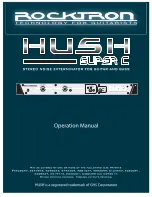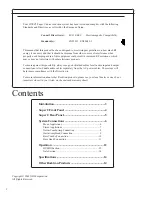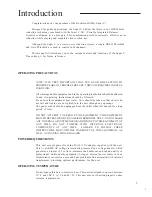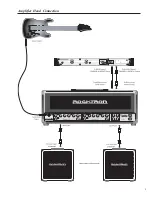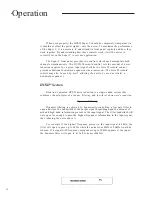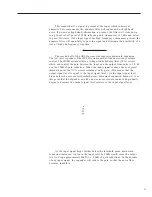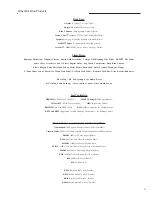
1 3
As the input signal drops further below the threshold point, downward
expansion increases. A drop in the input level by 20dB would cause the output
level to drop approximately 40dB (i.e., 20dB of gain reduction). In the absence
of any input signal, the expander will reduce the gain so that the noise floor
becomes inaudible.
This means that if a signal is present at the input which consists of
primarily bass components, the dynamic filter will reduce mid or high band
noise. If no mid or high band information is present, the filter will close down
to a pre-set cut-off point of 1kHz (allowing only frequencies of 1kHz and below
to pass). However, if the input signal has high frequency components present, the
dynamic filter will open fully to pass the signal and eliminate the possibility of a
loss of high end frequency response.
Downward Expansion
The second half of the HUSH process incorporates downward expansion.
The low level expander of the HUSH system operates like an electronic volume
control. The HUSH system utilizes a voltage-controlled amplifier (VCA) circuit
which can control the gain between the input and the output from unity to 30, 40
or even 50dB of gain reduction. When the input signal is above the user preset
threshold point, the VCA circuit remains at unity gain. (This means that the
output signal level is equal to the input signal level.) As the input signal level
drops below the user preset threshold point, downward expansion begins. It is at
this point that the expander acts like an electronic volume control and gradually
begins to decrease the output signal level relative to the input signal level.
Summary of Contents for HUSH Super C
Page 1: ...1 ...
Page 6: ...6 System Connections MonoApplications 6 ...
Page 7: ...7 StereoApplications ...
Page 8: ...8 Combo Amp Connection ...
Page 9: ...9 Amplifier Head Connection ...
Page 10: ...10 Bass Combo Connection ...
Page 11: ...11 Bass Head Connection ...

